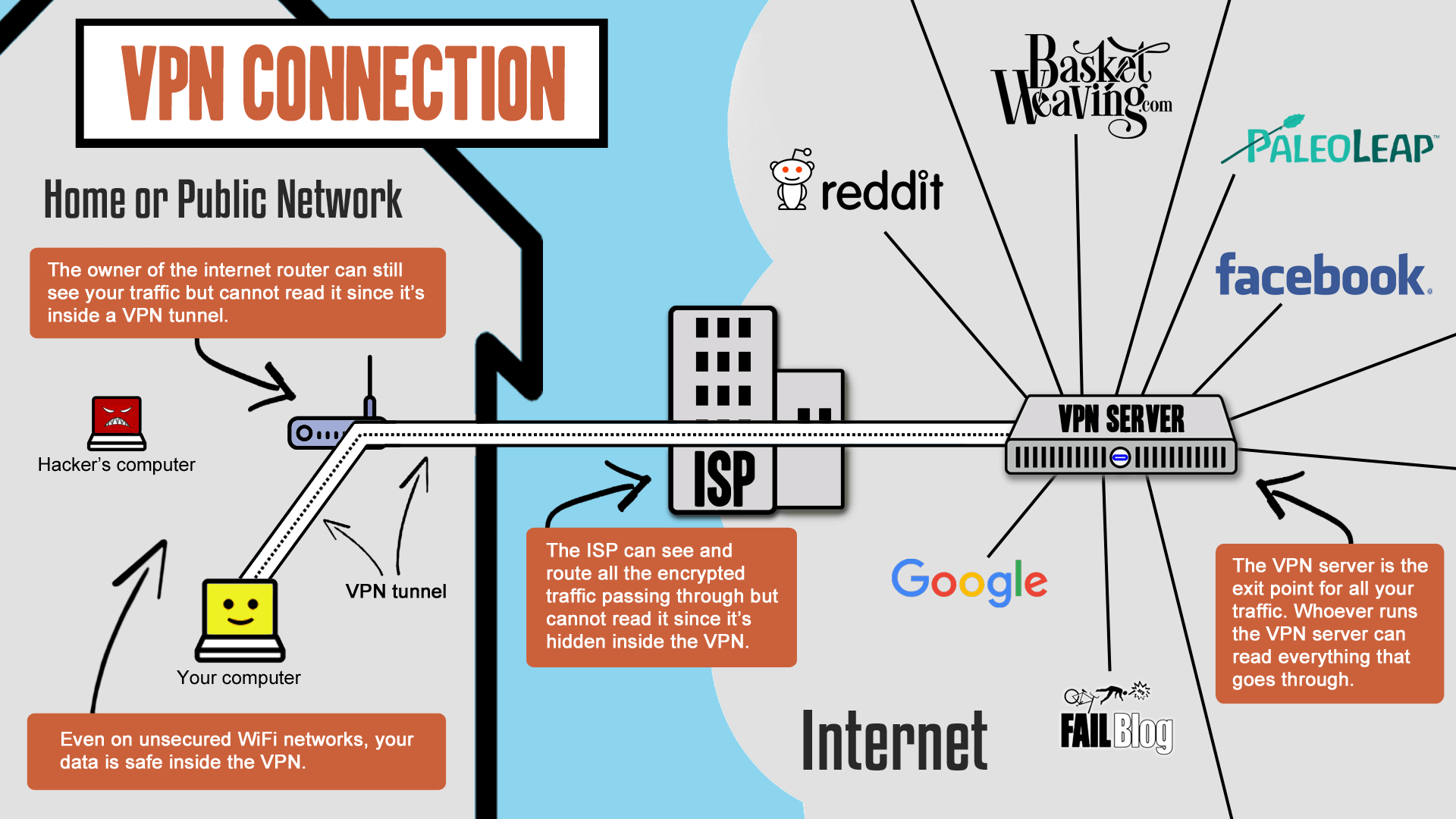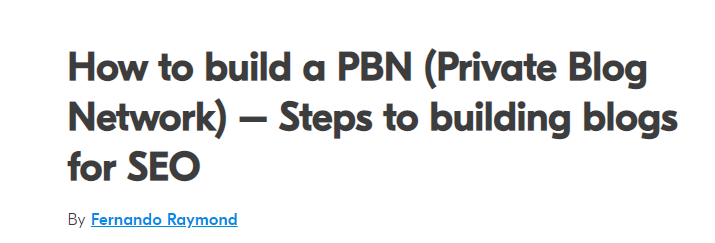All Categories
Featured
Table of Contents
- – What Is The Top Enhancing Seo With Semantics P...
- – Who Makes The Top Semantic Content Creation
- – What Is The Most Popular Nlp For Semantic Seo...
- – Who Has The Most Recommended Improving Rankin...
- – Top-Rated Semantic Seo Examples
- – Who Is The Most Reliable Semantic Seo For Be...
- – Whats The Top Semantic Seo Audits
The internet is transforming, coming to be more and much more semantic. SEO is also transforming and coming to be a lot more semantic. This is since internet search engine have evolved and are moving increasingly more in the direction of reviewing material on the internet. Certainly, that has additionally altered the way we develop content, especially if we wish to place better in the online search engine.
, the leader of the Net, spoke of to stand for the concept that all things in deep space are deeply interconnected. Intertwingularity is not generally recognized, individuals maintain claiming they can make things deeply ordered, categorizable and consecutive when they can not. Everything is deeply intertwingled. Based upon the relationships in between search intentions, the online search engine prefers a material in placing by calculating the range in between the vectors of definition.
It enables you to see, beginning with a subject, all the entities that are relevant to that subject. By doing this you can clearly see which entities/concepts/ideas have actually already been covered on your site, and you can discover brand-new chances by understanding what web content you can include and how to produce it.
What Is The Top Enhancing Seo With Semantics Program?
It is able to make your web content reasonable for online search engine on the one hand and for your target market on the other. Structuring your material version highlights your material and its hidden partnerships to ensure that search engines can identify you among numerous items of details, making you more visible to users that fulfill the search intent pertaining to your service.
In semantic search engine optimization copywriting, an editor begins with a more comprehensive variety of subjects and customizes the material to consist of semantically pertinent terms and phrases that assist readers comprehend a subject, similar to checking out web content in a wiki. From a material composing point of view, one useful way to do this is to produce a vocabulary of terms and inquiries surrounding your target topic.
Who Makes The Top Semantic Content Creation
Find out more regarding by enjoying the by!.

Semantic search refers to the procedure of exactly how internet search engine understand and match search phrases to a searcher's intent in natural search results page. Prior to semantic search, internet search engine like Google operated like matchmakersaligning particular words in your inquiry with those specific words on pages. The results were simple yet often did not have deepness.
What Is The Most Popular Nlp For Semantic Seo Service On The Market
It enables Google to use quick, accurate response to search inquiries regarding real-world topics. When you type a question word into Google, you're not just entering a series of words. You use a complicated internet of meanings and links. Google's Knowledge Chart sees these words as entities with context and partnerships.
When you look for "Apple," Google doesn't simply see a word that explains a fruit. It acknowledges Apple as a business and can provide relevant details. It was Google's response to the surge of voice searches, where inquiries became extra conversational and nuanced.
Who Has The Most Recommended Improving Rankings With Semantic Seo Service?
By integrating NLP, Hummingbird allowed Google to relocate past mere keyword matching. It helped the search engine comprehend search intent, raising the odds that results would precisely match the factor behind a user's search.
Making it much more efficient at taking care of never-before-seen search inquiries. RankBrain thinks about even more than just keywords when evaluating a search inquiry.
It brings outcomes that match the search phrases and align with the total intent of providing puppy training recommendations. And if the user often looks for dog-related material, Google could prioritize more comprehensive training guidesrecognizing the individual's ongoing interest in the subject. Combining technologies like the Knowledge Graph, Hummingbird, and RankBrain, semantic search aids the Google algorithm translate and link data throughout a large web of information.
Top-Rated Semantic Seo Examples
The emphasis shifts from keyword choice to an alternative technique incorporating individual intent, topical relevance, and overall individual experience. Creating web content that addresses the searcher's needs with thorough info can enhance your SERP positions. Below, we outline the trends and techniques that settle the need for semantically informed web content. Later, we supply workable pointers to transform these understandings into finest methods.
And kind of web content can best please their requirements. A broader approach to content aligns much better with semantic search's change far from precise search phrase matching and toward user intent. Which explains the increased emphasis on subject collections, instead of specific keywords. Web content that covers search inquiries a lot more extensively not just satisfies individuals.
UX aims to develop a visually enticing, straightforward user interface with engaging, high quality content that motivates site visitors to remain. Semantic search modern technology allows search engines to aim for results that offer the best possible UX.
Who Is The Most Reliable Semantic Seo For Beginners In My Area

All display Google's capacity to deal with a subject question comprehensively. By understanding the context and intent behind customer questions, online search engine can provide extra pertinent information and potentially boost individual interaction. Personalization in search results page creates better UX.Based on your previous search history and choices as a customer, semantic search helps internet search engine customize the outcomes to fit your unique needs and passions.
So it brings results that match the key words and line up with the general intent of providing puppy training advice. And if the user often browses for dog-related web content, Google may focus on much more comprehensive training guidesrecognizing the user's recurring interest in the topic. Integrating modern technologies like the Knowledge Graph, Hummingbird, and RankBrain, semantic search aids the Google formula interpret and link information throughout a vast web of info.
Whats The Top Semantic Seo Audits
The emphasis changes from keyword selection to a holistic method encompassing individual intent, topical relevance, and total individual experience. Producing content that addresses the searcher's requirements with comprehensive information can enhance your SERP rankings.

And type of content can best satisfy their demands. A broader method to material aligns better with semantic search's change far from exact keyword phrase matching and towards customer intent. Which discusses the boosted concentrate on subject clusters, instead than private key words. Content that covers search queries better not just pleases customers.
And five times greater than sites that take 10 secs to load. While technological search engine optimization makes sure optimal site efficiency and accessibility, concentrating on customer experience (UX) takes it a step even more. UX intends to produce an aesthetically appealing, user-friendly interface with interesting, top quality material that motivates visitors to stay. Semantic search innovation enables search engines to go for outcomes that supply the finest feasible UX.
All display Google's capacity to address a topic question adequately. By recognizing the context and intent behind user questions, search engines can supply a lot more pertinent details and potentially increase individual involvement. Personalization in search results page produces better UX.Based on your past search background and preferences as an individual, semantic search assists online search engine tailor the outcomes to fit your one-of-a-kind demands and rate of interests.
Table of Contents
- – What Is The Top Enhancing Seo With Semantics P...
- – Who Makes The Top Semantic Content Creation
- – What Is The Most Popular Nlp For Semantic Seo...
- – Who Has The Most Recommended Improving Rankin...
- – Top-Rated Semantic Seo Examples
- – Who Is The Most Reliable Semantic Seo For Be...
- – Whats The Top Semantic Seo Audits
Latest Posts
Which Is The Leading Semantic Seo Audits Company
A Top Semantic Seo Content Strategies
Which Brand Of Semantic Content Creation Is The Top?
More
Latest Posts
Which Is The Leading Semantic Seo Audits Company
A Top Semantic Seo Content Strategies
Which Brand Of Semantic Content Creation Is The Top?